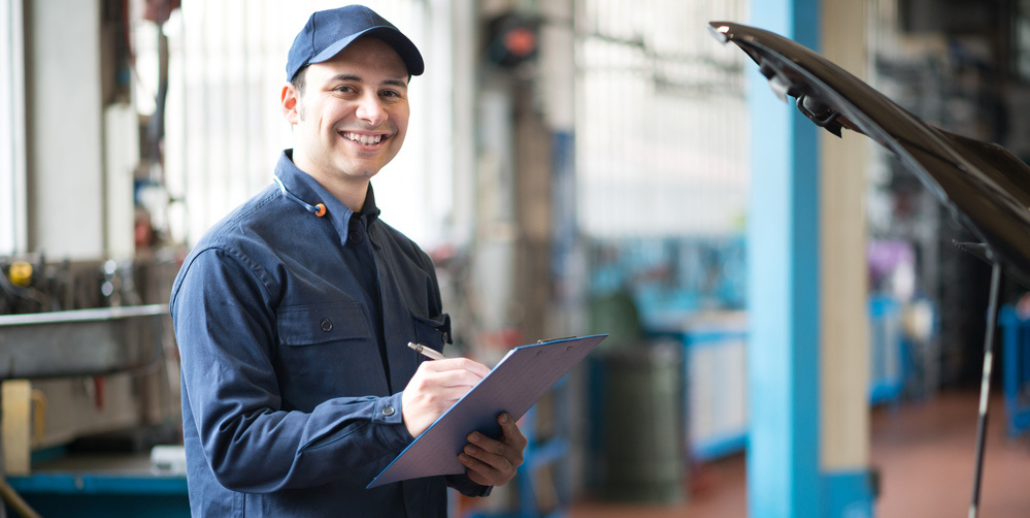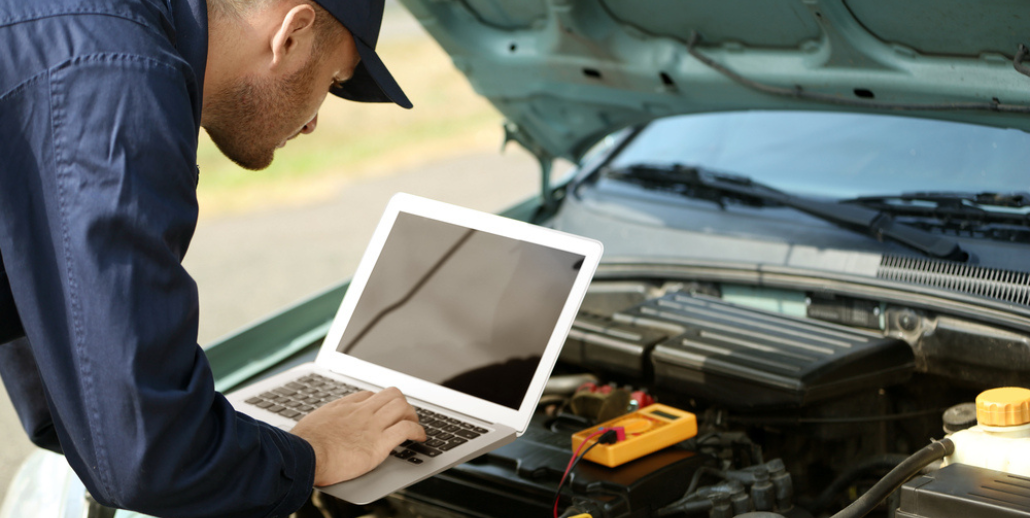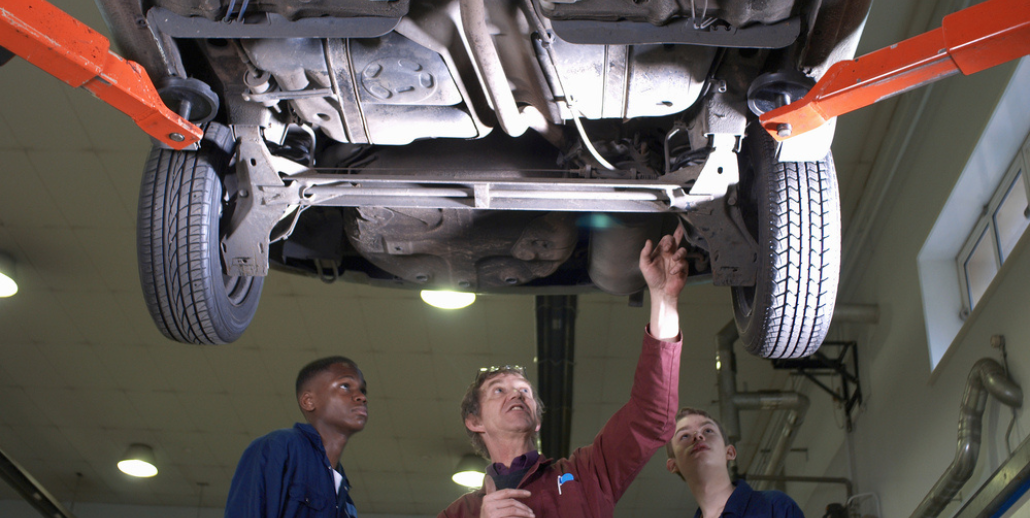It’s always a relief when you get a call from the repair shop telling you that your vehicle is ready for pickup. This usually marks the end of an irritating and stressful process. Being without your vehicle for even a short time tends to aggravate the situation, but you still have one final step once the repairs are done. It is highly essential that you always test drive a vehicle after it has been repaired. If there is anything wrong, you need to figure that out immediately.
What Happens If You Don’t Do A Test Drive?
You will almost surely be driving your vehicle home after picking it up from the repair shop. However, that isn’t really the same thing as a test drive. A real test drive involves checking for common problems and paying close attention while performing specific maneuvers. It’s definitely not the same thing as an everyday drive down the street.
If you don’t do a test drive immediately, you will see those problems eventually. Unfortunately, it will be much harder for you to complain about those incomplete or incorrect repairs once several days have passed. The sooner you bring it back to the repair shop, the more likely it is that they will take responsibility for their mistake and fix the problem. If you wait too long, there is no way for the shop to know that you aren’t trying to scam them for free work.
Don’t Come Back With Unrelated Problems
You should understand that it isn’t always the shop’s fault if your car isn’t fully repaired. Unfortunately, some vehicle issues are much more subtle than others, and therefore much harder to detect. Thus, little problems can easily be missed. However, it isn’t reasonable to complain about something that was outside the scope of the repair work.
For instance, let’s say you brought your car to a body shop for repainting and a new windshield. If you get the vehicle back and notice problems with the engine, that probably had nothing to do with your auto body repair specialist. A paint job and a windshield change would not affect the engine one way or the other, so you cannot blame them for that one. However, in that same situation, you would definitely need to go back to the shop if the paint starts peeling or if the windshield isn’t properly installed.
Best Practices When Doing A Test Drive
As we said, a real test drive is a bit more involved than the average driving session. The main difference lies in the fact that you have to pay close attention to the vehicle. First of all, turn off your radio and your AC/heater. This will allow you to more accurately hear any telltale noises. This should also make it easier to feel any strange vibrations or “choppiness” that might be present.
On that note, strange noises and vibrations are always warning signs. They could indicate minor problems like a warped rotor guard, or major problems like a bad transaxle or a failing transmission. Find a place where you can cut some sharp turns and do some figure-eights. There are certain problems (particularly wheel problems) that are only noticeable when you turn in a certain way.
A few brake checks are also in order, although you should not do them on a crowded public road. Basically, you just want to get up to a good speed and do a few quick stops just to make sure your brakes are working properly. They should bring you to a full stop without making the vehicle lurch to one side. On that note, you can also easily check the alignment of your vehicle.
While driving down a straight stretch with no other cars nearby, set your car on a perfectly straight path and then let go of the steering wheel. Only do this for a maximum of five seconds, and grab the wheel quickly if you begin to swerve.
Here is why you do this: A vehicle with bad alignment will not maintain a straight course. It will immediately try to drift left or right, and that makes alignment problems easy to diagnose.
Finally, it’s also a good idea to test the electrical components in your car and make sure they are working properly. This would include things like power windows, power locks, the stereo, the AC, turn signals, brake lights, low/high beams, etc. Such problems can indicate issues with the parts that provide their power. As a final tip, make sure to drive on varying road conditions at varying speeds. This gives you the best possible chance of detecting a problem.
How Long Should A Test-Driving Session Last?
There is no set rule here, but a lot of people say that 20-30 minutes is ideal. However, you should take as much time as you require. You don’t want to skimp on any of the checks, and you want to take the time to fully verify any problems that you see. And so, the real answer is to take as much time as you require.
Conclusion
Without a solid test drive, it becomes very difficult to evaluate the repair work that has been done to your vehicle. You will essentially be trusting your mechanics 100%, and that isn’t always a good idea. Of course, you can get away with that if you choose one of the better auto body shops in South Jersey. If you are in need of a good NJ body shop, you can call our team here at Elmer’s Auto Body at (856) 218-0202.






